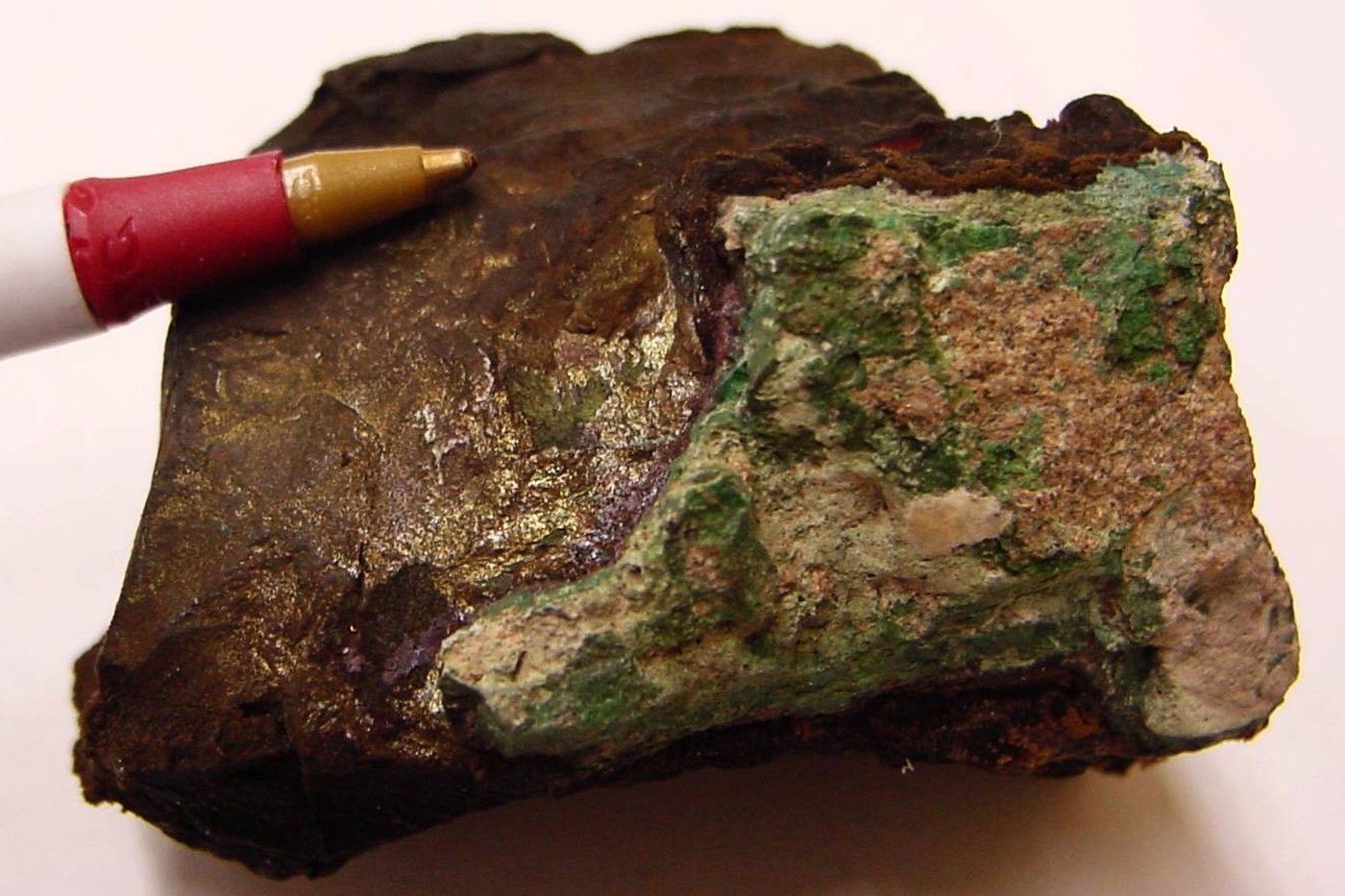
Domeykite is a fascinating mineral that often catches the eye of geologists and collectors alike. Named after the Polish mineralogist Ignacy Domeyko, this copper arsenide mineral has a unique metallic luster and a striking appearance. Did you know Domeykite is often found in hydrothermal veins and is associated with other copper minerals? Its intriguing properties make it a subject of study for those interested in mineralogy and geology. But what exactly makes Domeykite special? From its formation process to its uses and occurrences, there are many interesting aspects to explore. Let's dive into 30 facts that will give you a deeper understanding of this captivating mineral.
Key Takeaways:
- Domeykite is a rare copper arsenide mineral with a metallic luster and a tin-white to steel-gray color. It's named after a Polish geologist and is found in hydrothermal veins, making it a fascinating collector's item.
- Despite its toxicity, Domeykite is not radioactive and has unique applications in geological research and chemical processes. It's found in various locations worldwide, including the Atacama Desert in Chile and copper-rich regions in Africa.
What is Domeykite?
Domeykite is a fascinating mineral with a rich history and unique properties. Named after the Polish geologist Ignacy Domeyko, this mineral has intrigued scientists and collectors alike. Let's dive into some intriguing facts about Domeykite.
- Domeykite is a copper arsenide mineral, meaning it contains both copper and arsenic.
- It was first discovered in the Atacama Desert in Chile.
- The mineral is named after Ignacy Domeyko, a renowned Polish geologist and mineralogist.
- Domeykite typically forms in hydrothermal veins, which are cracks in rocks filled with mineral-rich water.
- It often appears in association with other copper minerals like chalcopyrite and bornite.
- The color of Domeykite ranges from tin-white to steel-gray.
- It has a metallic luster, giving it a shiny, reflective appearance.
- Domeykite has a Mohs hardness of 3 to 3.5, making it relatively soft compared to other minerals.
- The mineral is opaque, meaning light does not pass through it.
- Domeykite has a specific gravity of 7.2 to 7.6, indicating it is quite dense.
Chemical Composition and Structure
Understanding the chemical makeup and structure of Domeykite can provide insights into its properties and uses.
- Domeykite's chemical formula is Cu3As, indicating it contains three copper atoms for every arsenic atom.
- The mineral crystallizes in the isometric system, which means its crystals are symmetrical and have equal dimensions along all axes.
- Domeykite often forms granular or massive aggregates rather than distinct crystals.
- It can sometimes be found in botryoidal formations, which resemble a bunch of grapes.
- The mineral is part of the larger group of copper arsenide minerals, which also includes algodonite and whitneyite.
- Domeykite can alter to other minerals over time, such as copper oxides or secondary arsenates.
- The presence of arsenic in Domeykite makes it toxic if ingested or inhaled, so handling it requires caution.
- Despite its toxicity, Domeykite is not radioactive.
Uses and Applications
Though not widely used in industry, Domeykite has some interesting applications and uses.
- Domeykite is primarily a collector's mineral, prized for its rarity and unique properties.
- It is sometimes used in geological research to study hydrothermal vein systems and mineral formation processes.
- The mineral can also be used as a source of arsenic in chemical processes, though this is less common.
- Domeykite's metallic luster and unique appearance make it a popular specimen for educational displays in museums and universities.
Occurrence and Distribution
Domeykite can be found in various locations around the world, each with its own unique geological conditions.
- The Atacama Desert in Chile is one of the most famous locations for Domeykite.
- It has also been found in other parts of South America, including Peru and Argentina.
- In North America, Domeykite occurrences have been reported in the United States, particularly in Arizona and Montana.
- The mineral has been discovered in Europe as well, with notable finds in Germany and Poland.
- Domeykite can also be found in Africa, particularly in the copper-rich regions of Zambia and the Democratic Republic of Congo.
- The mineral is often associated with other copper and arsenic minerals, forming complex mineral assemblages.
Interesting Facts
Here are some additional tidbits about Domeykite that highlight its unique characteristics.
- Domeykite can sometimes be mistaken for other minerals like nickeline or skutterudite due to its similar appearance.
- The mineral's name, Domeykite, is pronounced "doh-MAY-kite," reflecting its Polish origins.
Domeykite's Fascinating World
Domeykite, a copper arsenide mineral, holds a unique place in geology. Named after Ignacy Domeyko, this mineral's metallic luster and distinct properties make it a subject of interest. Found mainly in Chile, it forms in hydrothermal veins and often associates with other copper minerals. Its rarity and composition make it valuable for scientific study.
Understanding domeykite's formation helps geologists trace the history of Earth's crust. This mineral's presence can indicate significant geological processes, offering clues about mineral deposits. Collectors also prize domeykite for its unique appearance and rarity.
In essence, domeykite isn't just a mineral; it's a window into Earth's geological past. Its study not only enriches our knowledge of mineralogy but also enhances our understanding of the planet's history. So, next time you come across domeykite, remember its fascinating story and the secrets it holds.
Frequently Asked Questions
Was this page helpful?
Our commitment to delivering trustworthy and engaging content is at the heart of what we do. Each fact on our site is contributed by real users like you, bringing a wealth of diverse insights and information. To ensure the highest standards of accuracy and reliability, our dedicated editors meticulously review each submission. This process guarantees that the facts we share are not only fascinating but also credible. Trust in our commitment to quality and authenticity as you explore and learn with us.
